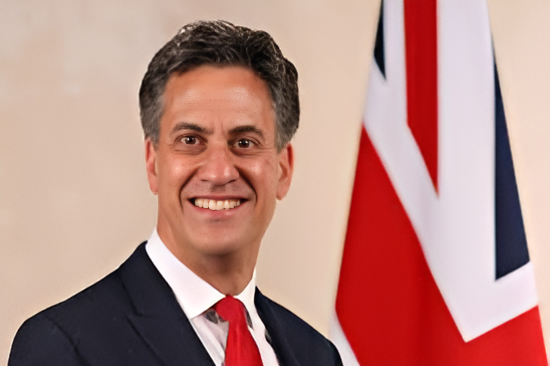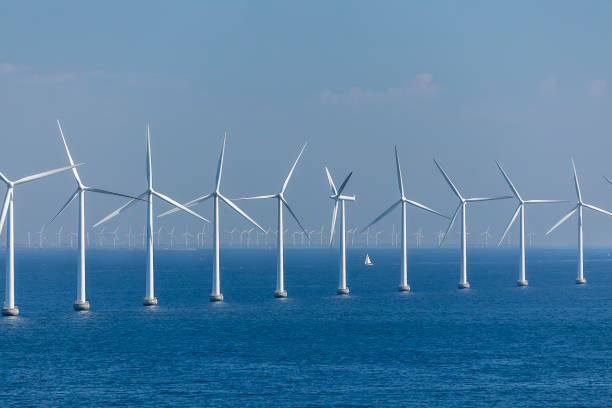The US has warned the UK over Chinese Wind Energy Investment in its offshore wind industry, amid fears over national security. At the heart of the argument is Mingyang Smart Energy, one of China’s largest wind turbine manufacturers, which is preparing to build a plant in Scotland that will supply large floating wind farm projects in the North Sea and Celtic Sea. The move offers the prospect of local job creation and supply chain development, but Washington and some British officials fear it could leave sensitive infrastructure exposed to potential surveillance risks — part of an emerging debate over how to balance green energy goals with security concerns.
But the plan has caused alarm in Washington, which has put pressure on London behind closed doors over the national security implications of allowing a Chinese state-owned energy company to get so near the UK’s critical infrastructure.
US Worries: Security vs Sovereignty over Chinese Wind Energy Investment?
The White House is concerned about spy and cyber threats posed by, for example, Chinese-made wind turbines if they were to be installed near sensitive maritime zones or military installations, according to a senior US official quoted by the Financial Times. This echoes long-held American concerns that some Chinese companies — even those that are not state-owned — might act at the behest of Beijing.
The US has previously sounded similar warning bells to Germany, to which Mingyang has been contracted as a preferred supplier on a North Sea wind farm. Washington’s message to its allies is unmistakable: energy independence must not be achieved at the cost of technological sovereignty or security.
Mingyang’s Plans in the UK: A Green Vision or a Risky Bet?
Mingyang is now in discussions with UK developers, such as:
- Flotation Energy and Vårgrønn on the Green Volt floating wind project
- Cerulean Winds for another North Sea development
- Hexicon, a Swedish firm with projects planned in the Celtic Sea
Supporters say a Mingyang wind turbines Scotland would provide hundreds of green jobs, cut supply chain costs and enable the UK to speed up the launch of its offshore wind power. The UK requires fast industrial scaling if it is to achieve its aims of constructing 50GW of offshore wind by 2030.
Reconciling National Security with Net-Zero Ambitions
The UK government has the power to scrutinize and potentially block foreign investments in the strategically important sectors under the National Security and Investment Act. The case is still under review, with opinions varied, according to UK officials.

This is complicated by the fact that the UK offshore wind energy needs to attract foreign investment in order to live up to its ambitious net-zero targets. Blocking Mingyang could risk a row with Beijing at the time British ministers have been trying to come to terms on how to work with China in tackling climate change under Energy Secretary Ed Miliband.
In the meantime other unrelated tensions have been exacerbated by tensions— like that of Jingye Group’s ownership of British Steel in Stunthorpe, which the British government recently took emergency action to protect.
Voices From the Government and the Industry
A spokeswoman for the UK government did not comment directly on the Mingyang case, but said that “investment in the energy sector is scrutinized for national security at the highest levels.”
A spokesman for the Green Volt project welcomed investment from overseas that helped “to grow the UK wind energy supply chain and create jobs.”
Andrew Bowie, the Conservative shadow secretary of state for Scotland, told parliament that Chinese Wind Energy Investment could be deployed to track UK waters and submarine movements and that the government should favor British and European suppliers in any case.
Others in renewable energy, however, question the US’s motivation, just as Washington isn’t really investing serious
